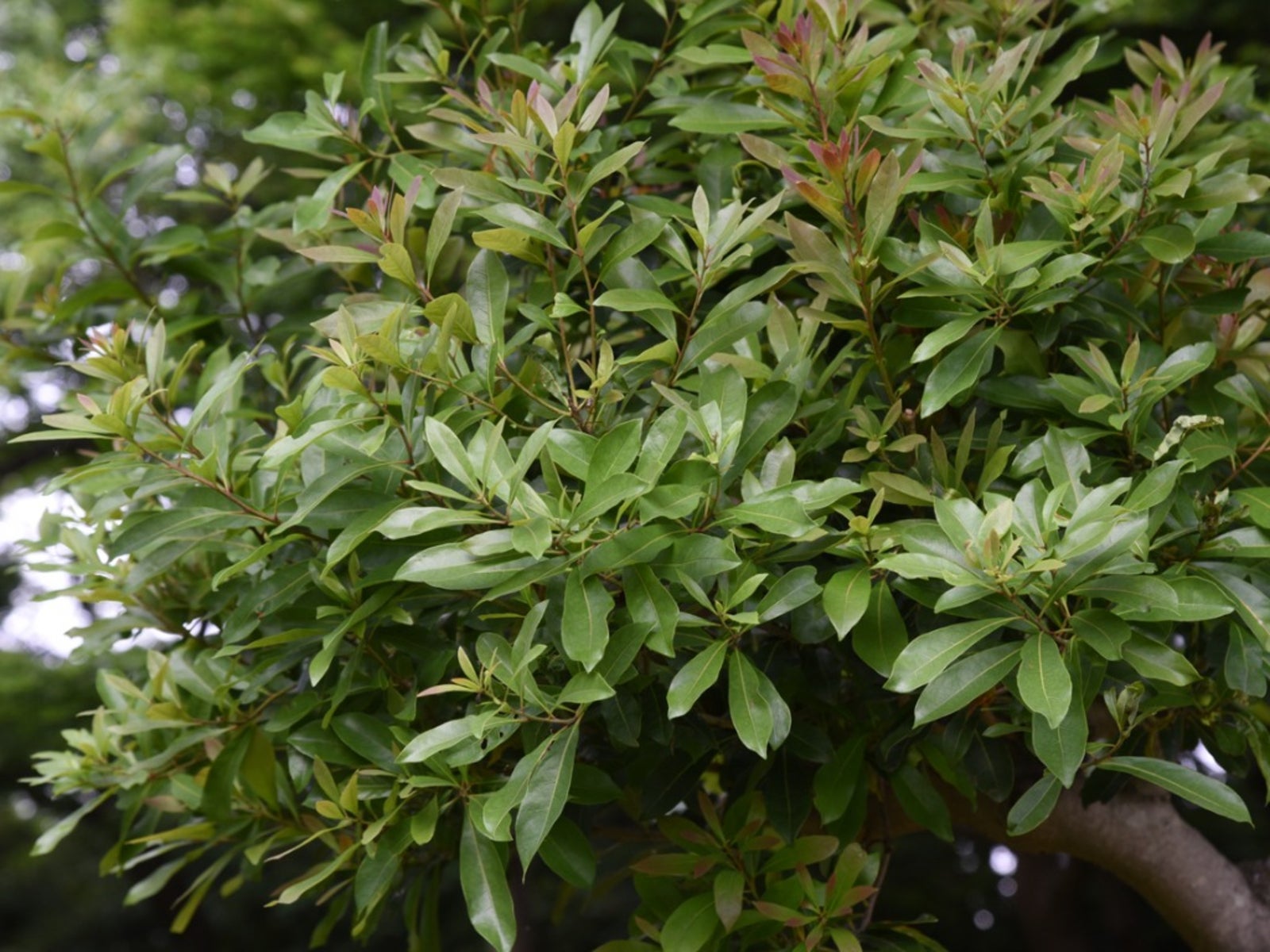Wind Resistant Plants For Gardens


How does wind affect plants? Wind is air in motion, and strong winds can cause plants to sway excessively, pulling and tugging on their roots. This continual movement interferes with the roots' ability to remain grounded within the soil, which reduces the plant's ability to absorb water, leading to severe water stress and even death. Let's take a look at how wind affects plant size, plant wind protection for your garden, and plants that do well in windy places.
How Does Wind Affect Plant Size?
Wind affects the growth and development of plants in many ways. Shorter growth and abnormal development results from excessive movement caused by wind. This is a common occurrence seen in plants grown in windy areas. In addition to disrupting the root-soil relationship, the combination of wind and sun affects plant size. The amount of these two elements can quickly determine how plant surfaces dry. Thus, wind increases water loss through evaporation. As a result, wind-blown plants require more watering or they will develop water stress and could die. Strong winds can also damage plants by breaking them, distorting their growth, and lowers the air temperature around plants, which reduces their rate of growth. Finally, wind can spread pathogens from one place to another, especially when accompanied by rain. Windblown rain can spread spores from infected plants to healthy ones, quickly inhibiting their ability to sustain healthy growth and plant size.
Plant Wind Protection
You can help protect your garden by incorporating hardy trees and shrubs such as:
- Mountain ash
- Crepe myrtle
- Redbud
- Persimmon
- Pindo palm
- Cabbage palm
- Dogwood
- Willow
- Bayberry
- Japanese maple
- Carolina silverbell
- American holly
- Yaupon holly
- Viburnum
These act as wind blocks, which is one way to offer plant wind protection. However, you may also want to consider the addition of small retaining walls or other barriers to protect plants affected by the wind. Wood fencing, mesh screens, and trellis panels can make effective wind buffers for plants. You can also create small, protected recesses within windy slopes or other areas of the wind garden. Simply dig out pockets for the plants to grow in and surround these with built up rocks or stones. To keep the wind from drying out the soil and help retain moisture, add an extra layer of mulch as well.
Wind Resistant Plants for the Garden
Some plants are considered wind resistant, or wind tolerant. Wind-resistant plants have flexible stems, which allow them to bend and sway without breaking. For instance, palms and crepe myrtles are good wind resistant plants. Plants that are adapted to windy conditions usually have small, narrow leaves as well, such as needle-leaved conifers and ornamental grasses. In fact, ornamental grasses are some of the most wind-tolerant plants around, and most require little watering. They can even serve as miniature windbreak plantings for less wind-tolerant plants. From perennials like daylilies, daisies, flax, and coreopsis to annuals such as zinnias and nasturtiums, there are a variety of wind resistant plants for these conditions. To find plants suited to your particular needs and climate, you may need to do some research through online sources or books. Your local extension office can help as well.
Sign up for the Gardening Know How newsletter today and receive a free copy of our e-book "How to Grow Delicious Tomatoes".

Nikki Tilley has been gardening for nearly three decades. The former Senior Editor and Archivist of Gardening Know How, Nikki has also authored six gardening books.